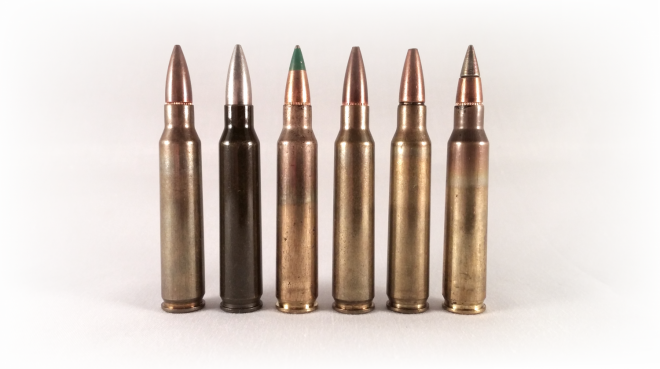The issue of ammunition standardization between the United States Army and the Marine Corps has come to a head: Congress has delivered an ultimatum in the final version of the FY 2017 National Defense Appropriations Act for the two services to kiss and make up. Military.com reports:
The final joint version of the Fiscal 2017 National Defense Appropriations Act, released Wednesday, includes a provision requiring the secretary of defense to submit a report to the House and Senate Armed Services Committees explaining why the two services are using different types of 5.56 mm ammunition for their M16A4 and M4 rifles.
According to the provision, the report must be submitted within 180 days after the bill, which includes the entire defense budget for the coming year, is enacted.
If the secretary of defense does not determine that an “emergency” requires the Army and Marine Corps to use the two different types of rifle ammo, they must begin using one standard kind within a year after the bill is passed, it states.
Since the beginning of the 20th Century, infantry small arms ammunition has been unified across the three (then four) services, but this came to an end in the late 2000s with the introduction of the USMC’s Mk. 318 SOST round, soon followed by the US Army’s M855A1 EPR round. Both of these rounds were standardized by their respective services, and rejected by the other service, resulting in a divide, for the first time in over a hundred years, in the standard ammunition of the Army and Marine Corps. Even though the two rounds are inter-compatible with all weapons in the 5.56mm chambering, this situation presented obvious logistical problems, and by mid-2015 Congress had begun to question the use of two different rounds by the services.
Now, it seems that the situation will be resolved one way or another. Once the Secretary of Defense’s report is published, the decision to keep both rounds or standardize on one will come down to whether the Secretary determines an “emergency” requires the use of two different rounds.
 Your Privacy Choices
Your Privacy Choices
